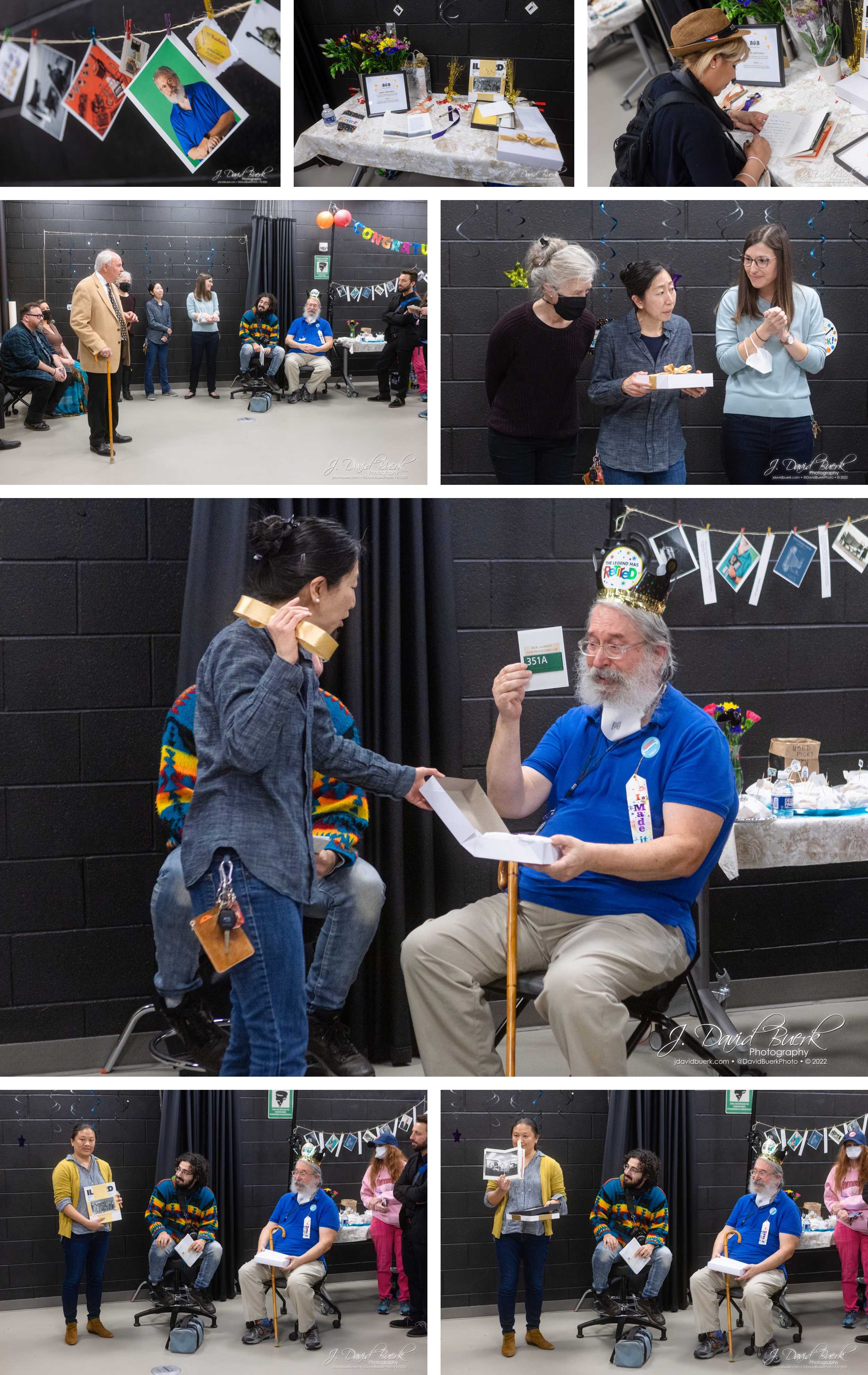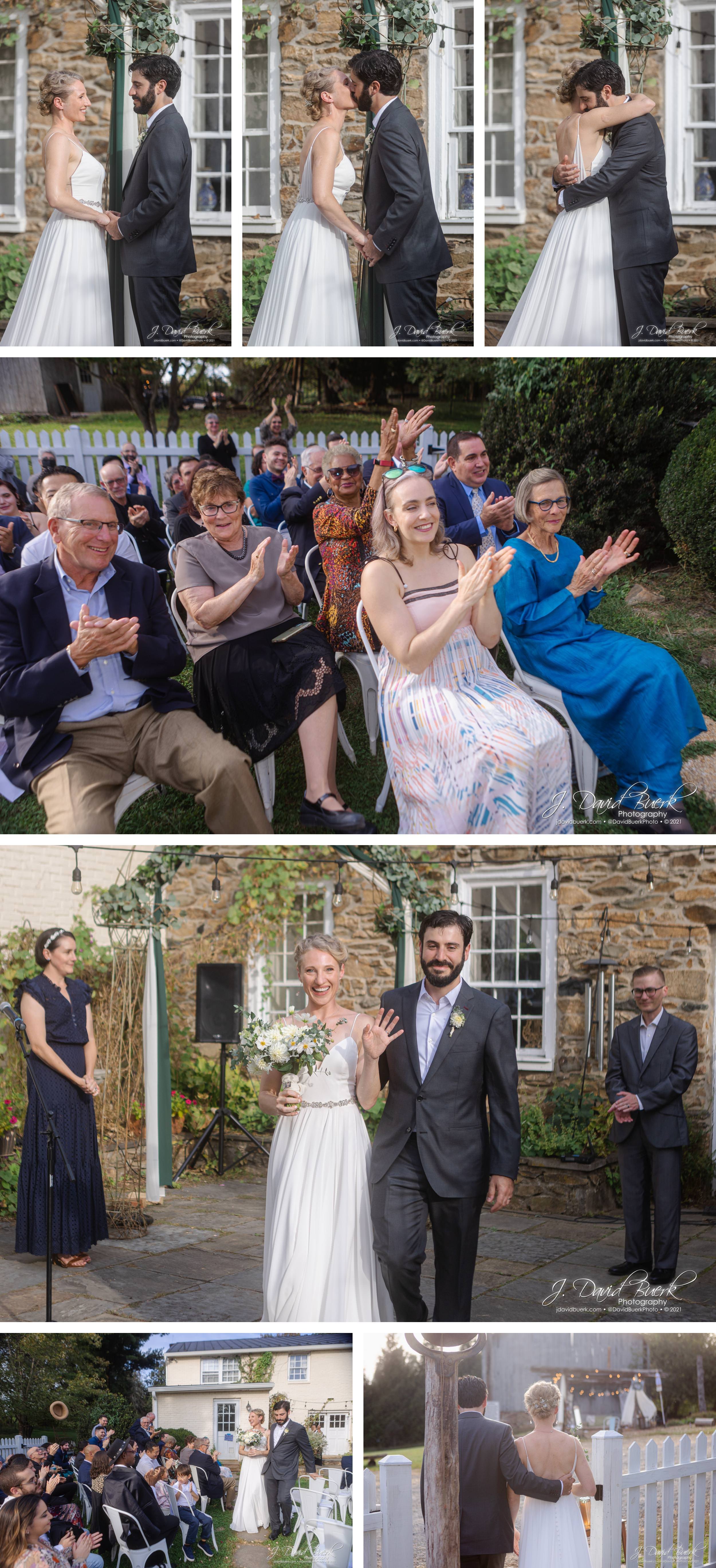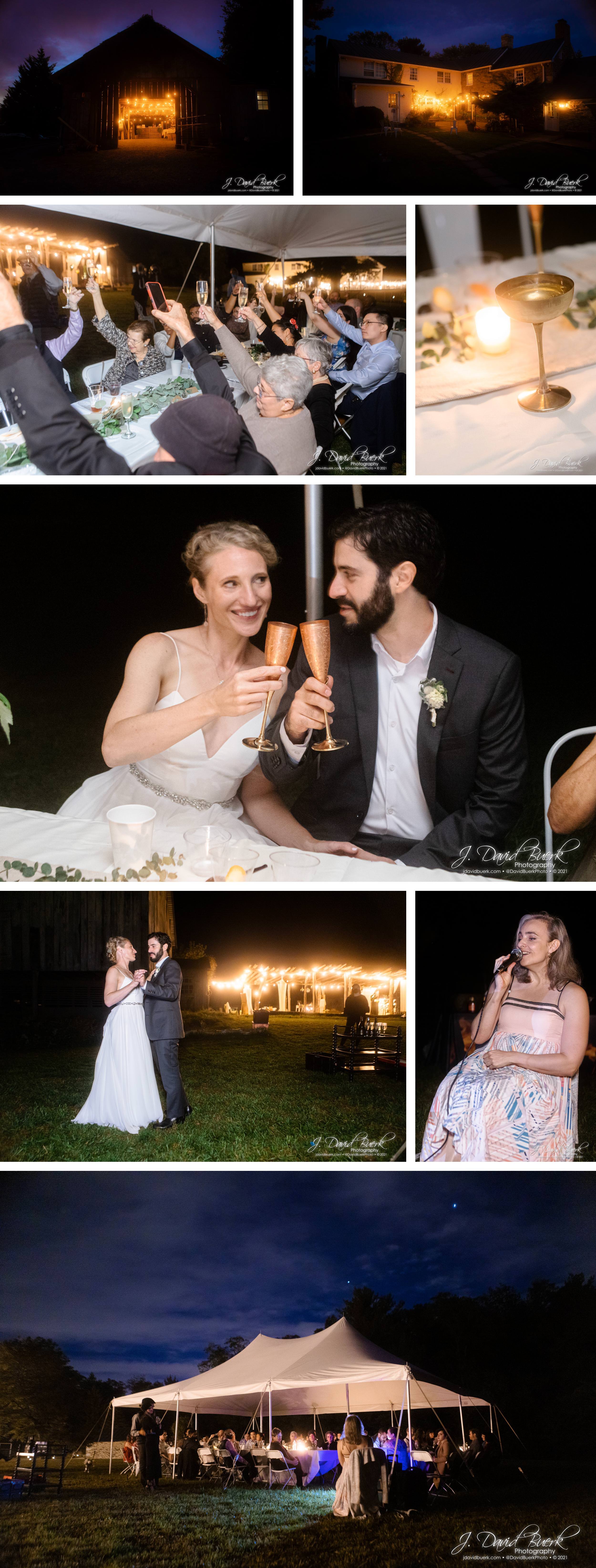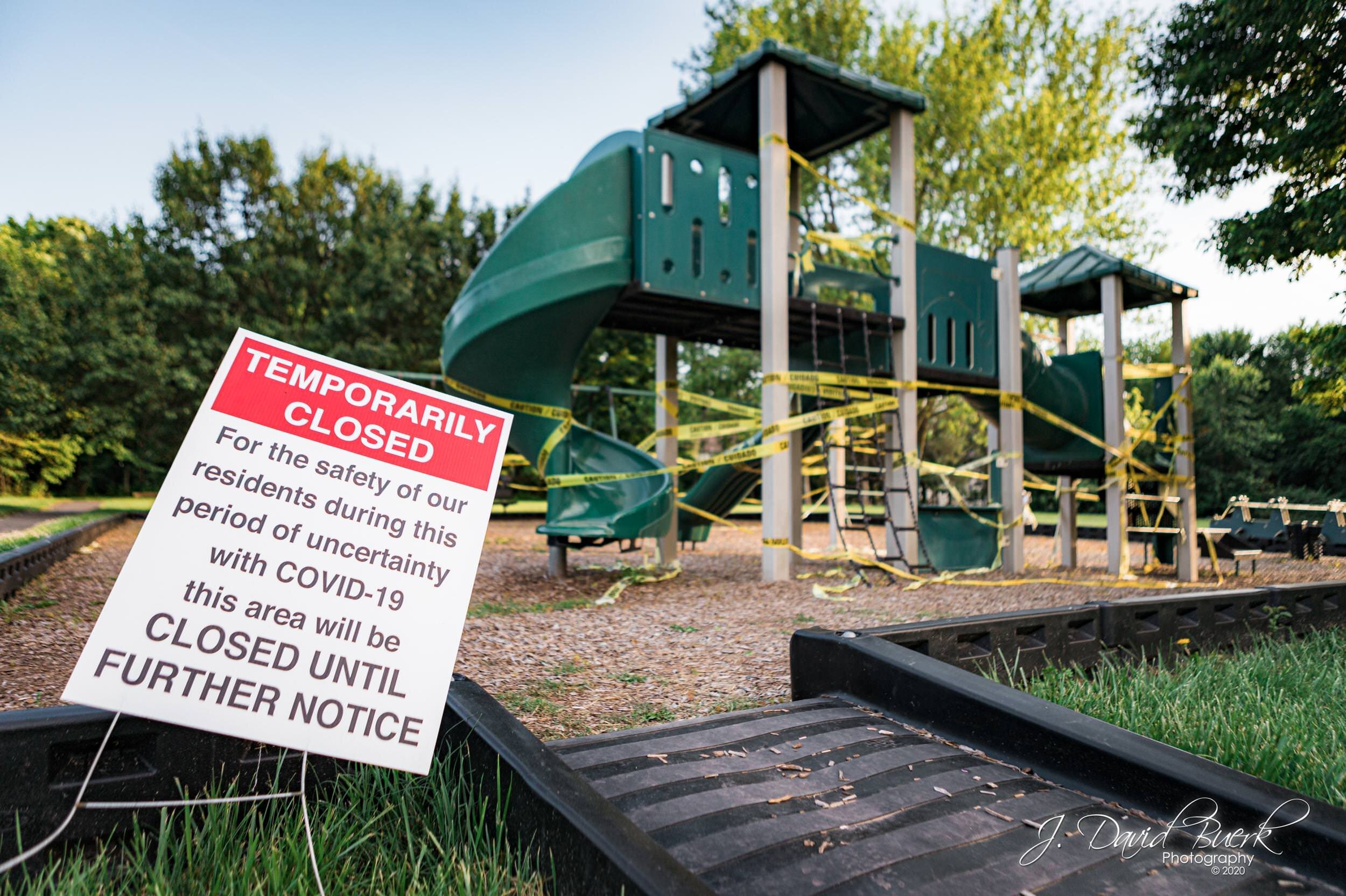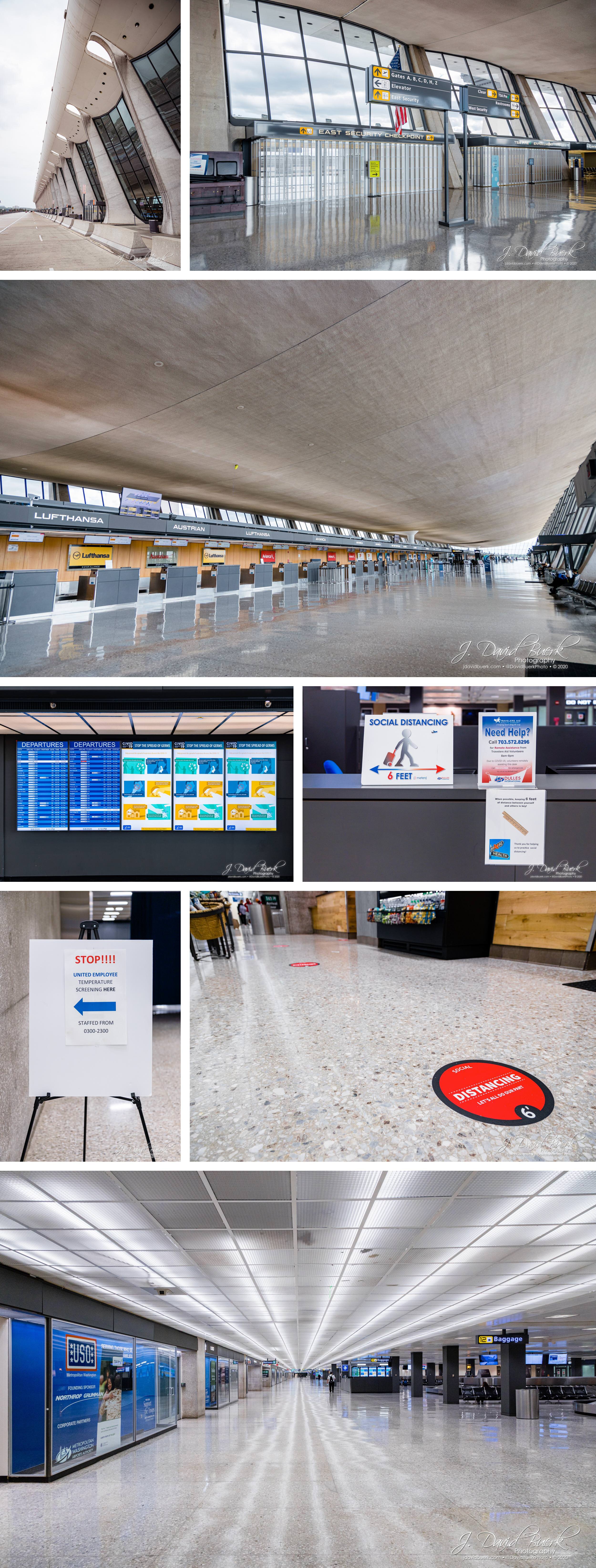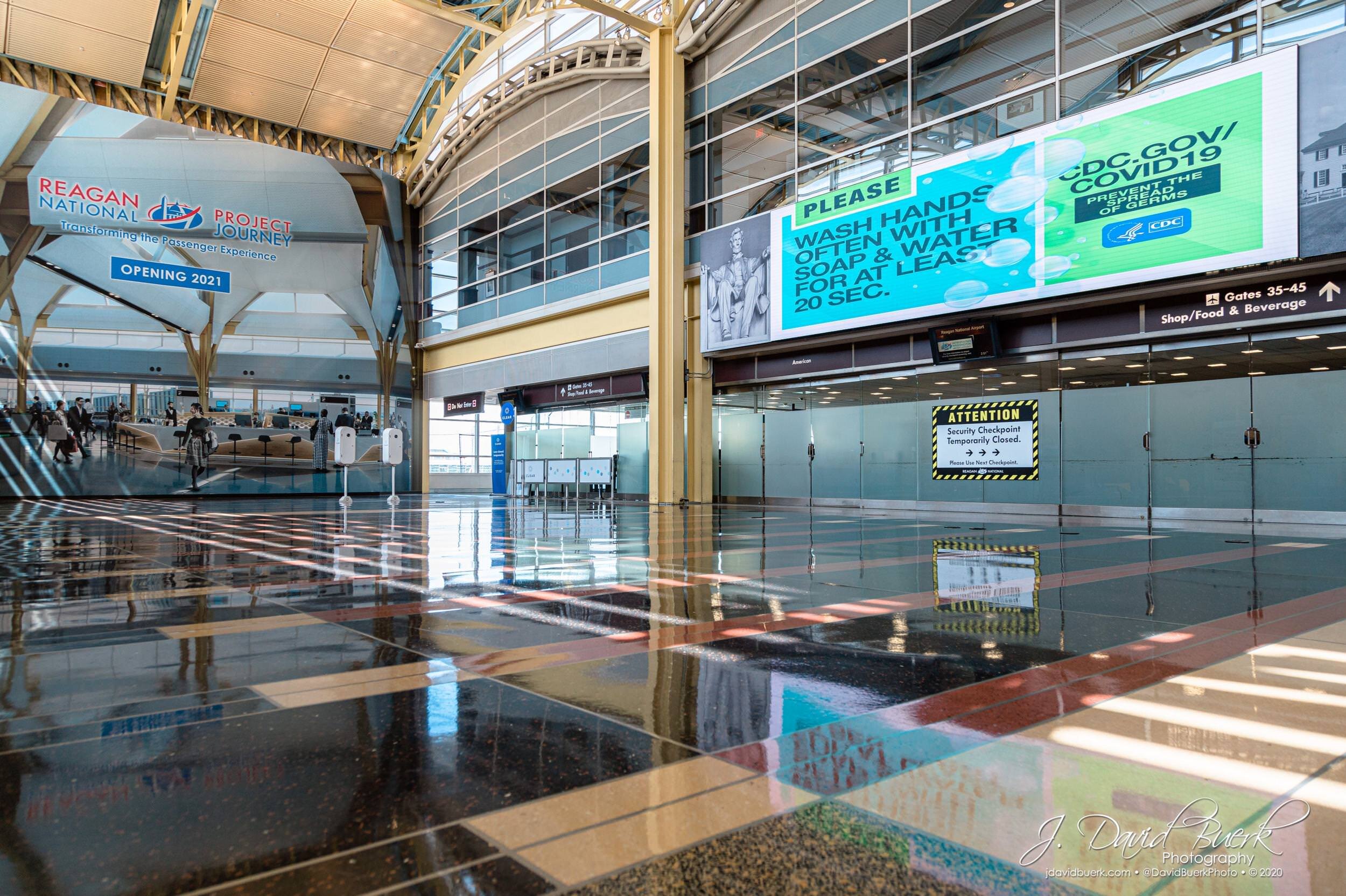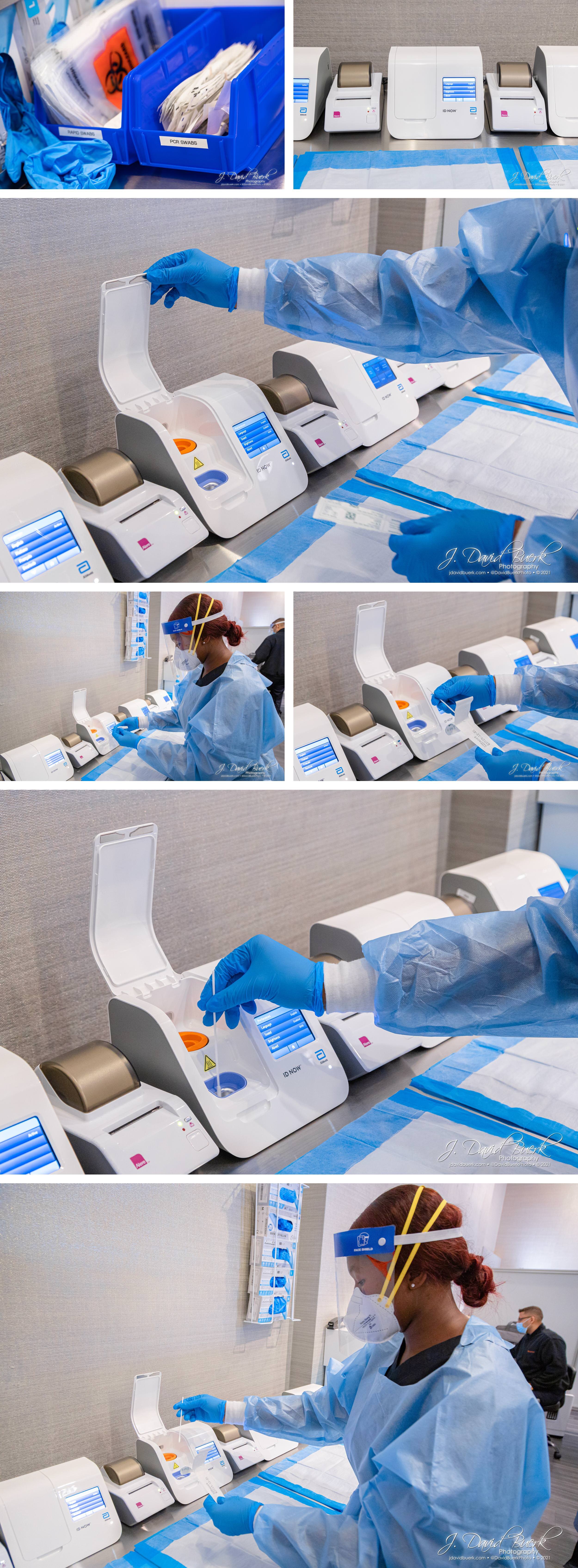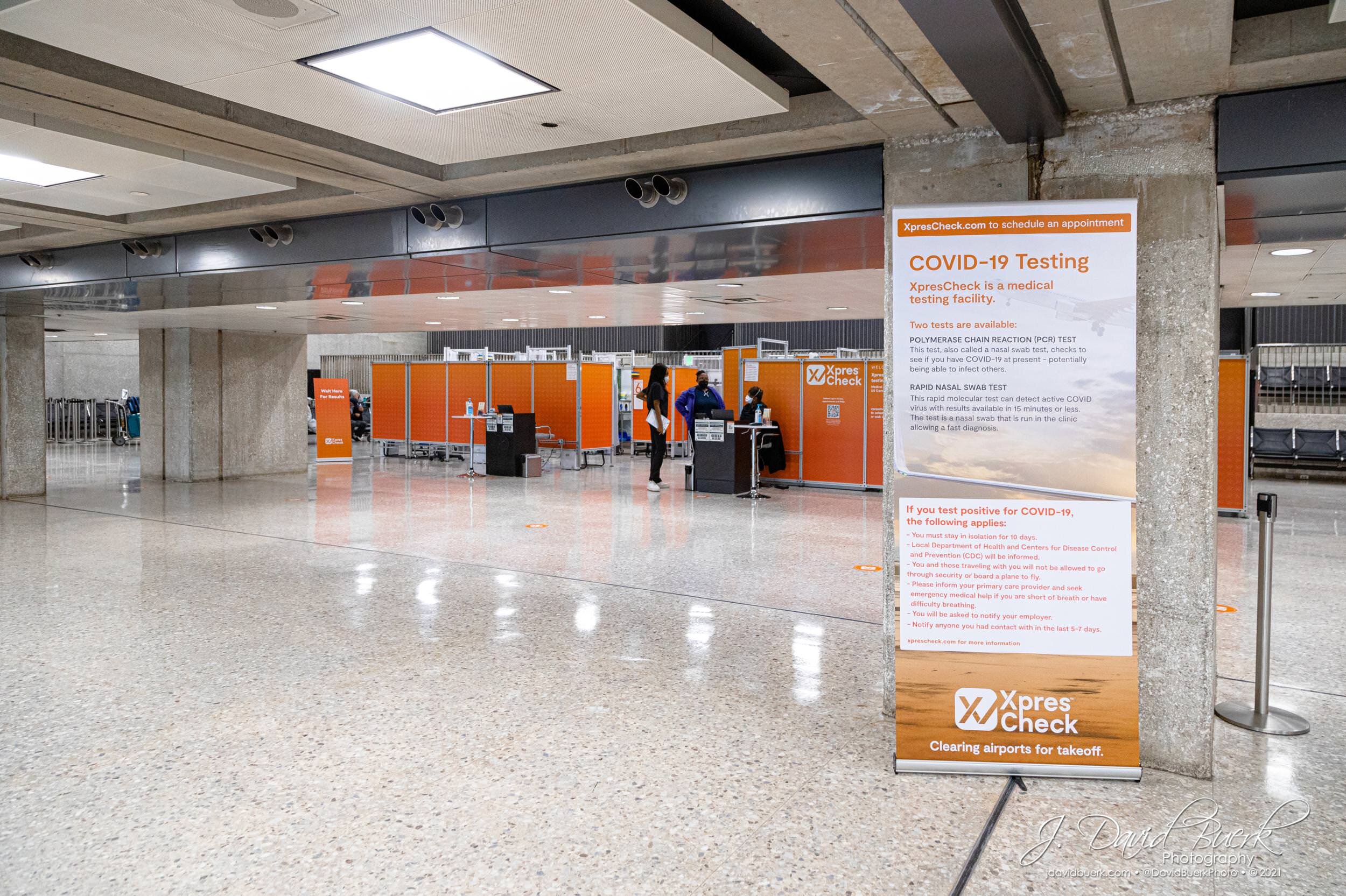This past March, Bob Laubach, Photography Lab Manager at Northern Virginia Community College for the last 15 years, retired after a lifelong career in photography. My time in the photo lab in NVCC over a decade ago now lasted only a year, but like many students taking photography classes in Alexandria I came to know Bob very quickly, and have kept in touch ever since. And while I didn’t end up taking the Large Format Photography course he taught while I was in college, I did attend a Large Format Film workshop with him in Great Falls.
Bob is an infinite source of photographic knowledge; it doesn’t matter if you’ve known him 10 minutes or 10 years, if you spend just 5 minutes with Bob, you’ll still wind up learning something you never knew before. A proud graduate of Rochester Institute of Technology, Bob would frequently tell insider tales of Kodak and their operations, also headquartered in Rochester.
On his final day managing the photo lab in Alexandria, Bob’s family, friends, and former students from multiple generations gathered to celebrate his retirement. Fellow longtime photography professors of Northern Virginia Community College’s presented Bob with a placard honoring Bob’s lasting impact on the Photography Department, establishing the darkroom and naming it after him as the Bob Laubach Film Processing Lab.
I captured pictures during my time at Bob’s retirement party, and am including a few highlights below. I also have the full set I captured online and available for viewing and download in this gallery.
A few photos I captured with Bob in 2011, several years after I had moved on from the NVCC photo lab:
It was wonderful to once again also see Page and Aya, professors who I’ll never forget their impact on my career in photography. Like Bob, I’ve remained in touch with Page and Aya since my time learning at NOVA’s Photography Department, and they are two professors I’ll never forget. I took numerous courses with both Page and Aya, who collectively taught me how to process and print film, but there are two that stand out especially to me:
Aya’s Digital Photo Editing course helped me become more comfortable with Photoshop, an endlessly powerful tool I knew nothing about at the time but now rely on every day, and to better understand colorspace and print workflows; a vital skill that, again I use every day, but remains seamless and invisible to the people and businesses I work with.
Page’s Photojournalism & Ethics course undeniably shaped how I interpret and create multimedia; the responsible capture, editing, and dissemination of photojournalism this course underscored continues to influence how I capture and edit every live event I shoot, from intimate weddings to multinational brand PR activations - there is not a single time I’ve worked on a project intended for publication that this course hasn’t crossed my mind.
Most people have teachers or professors who are formative in some way or another, and Page and Aya are unquestionably two who shaped my approach to photography.

